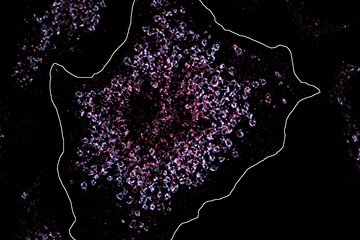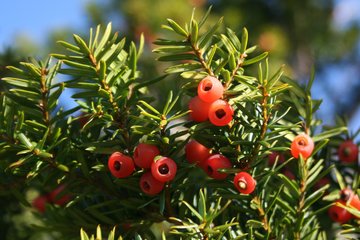First land plants possessed important branch of immune defense
Liverworts also have PTI receptors with which they can recognize intruders
A new study, led by Hirofumi Nakagami at the Max Planck Institute for Plant Breeding Research in Cologne, Germany, demonstrates that one of the two branches of plant immunity was likely to have evolved early during the establishment of plants on dry land. This insight into prehistoric plant immunity may have implications for breeding more resistant plant species.

During plant terrestrialization, plants evolved from being aquatic organisms to those that live on land, a crucial shift in shaping the planet’s ecosystems, biodiversity and climate. Symbiotic, or win-win interactions with microbes are thought to have been essential for these earliest land plants, which probably evolved from streptophyte green algae, by allowing for improved nutrient uptake. However, most microbes in the environment are not friendly, so a functioning immune system may have played a key role in enabling plants to establish themselves on dry land.
The team around Hirofumi Nakagami, have discovered that the first line of immunity deployed by many flowering plants and their relatives is also found in the second main grouping of land plants, which includes mosses, liverworts and hornworts. Their findings suggest that this branch of plant immunity evolved early during terrestrial evolution and may have been important for plant adaptation to land.
Terrestrial plants exist for 500 million years
The last common ancestor of land plants emerged some 500 million years ago, after which land plants split into lineages with a vasculature and those without. Vascular plants can engage in more efficient water and nutrient transport via their vascular tissues and have traditionally received more attention from scientists and plant breeders as they include all flowering plants and crop species. However, studies of their non-vascular cousins can provide significant insights into plant evolution, such as when certain traits and capabilities evolved and how widely traits are shared in general among extant land plants. Thus, a better understanding of non-vascular plants could be harnessed to improve breeding strategies.
Nakagami and his team, together with scientists from Japan and Spain, study Marchantia polymorpha, a species of liverwort from the non-vascular plants. Many land plants have undergone extensive genome duplication, which can make teasing out gene function tricky, but Marchantia often has only one copy of each gene meaning that it is easier to discover what different genes do.
PTI receptors
The researchers set out to determine whether the first line of plant defense, known as pattern-triggered immunity (PTI) was conserved also in Marchantia. PTI is mediated by receptors at the cell surface that sense invading organisms through characteristic motifs or patterns and translate this perception into activation of defense genes and other characteristic responses. The scientists first confirmed that these responses where indeed present in Marchantia by challenging them with substances known to activate PTI. Analysis of the genome of the liverwort revealed the presence of PTI receptors, and when two of these were disrupted, Marchantia lost the ability to mount the defense responses.
The presence of PTI in non-vascular plants suggests that PTI was already present in the last common ancestor of all land plants and thus very early after terrestrialization. It further implies that this arm of immunity may have been important for allowing plants to colonize and survive on dry land. It also suggests that all vascular plants share this capability, meaning that strategies aimed at bolstering PTI, through for example gene transfer, could be widely effective across all plants, including crops. Nakagami is now interested in determining when exactly PTI evolved in ancient plants: “It is fascinating to learn how plants may have adapted to rather stressful terrestrial environments before going on to transform the Earth’s land surface and ultimately benefitting our lives. Understanding the origin and evolution of the plant immune system can give us novel ideas for developing universal plant protection technologies.”












